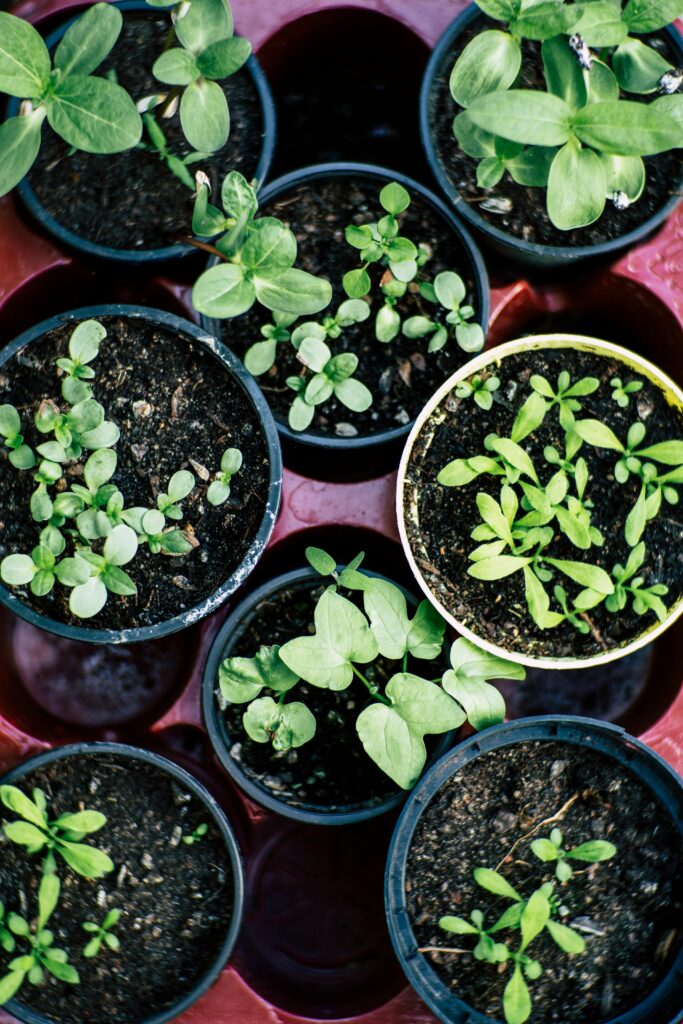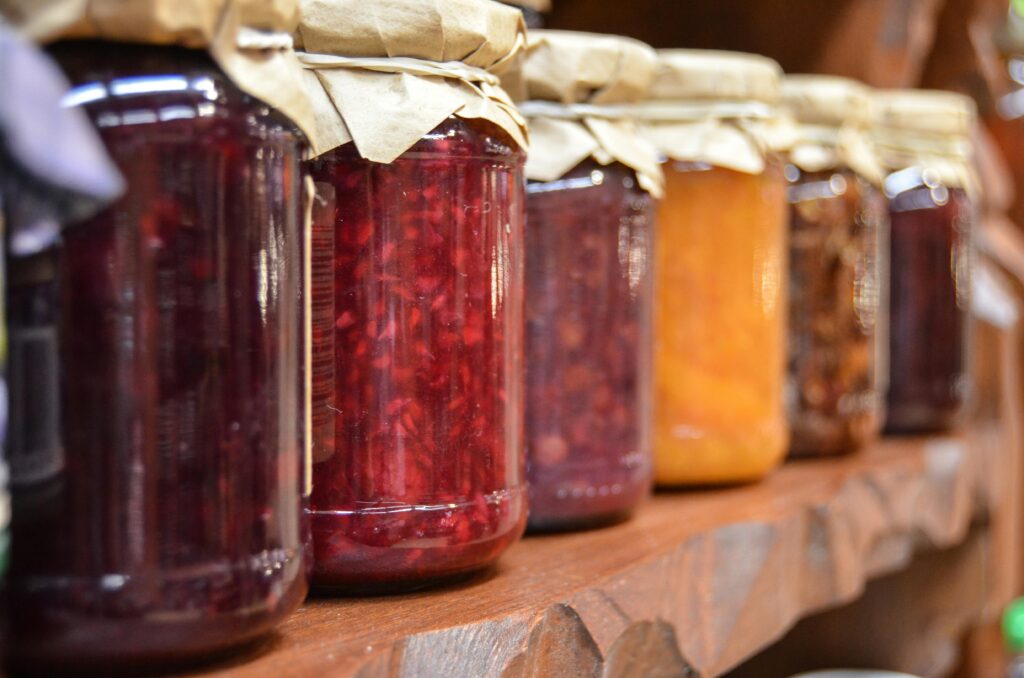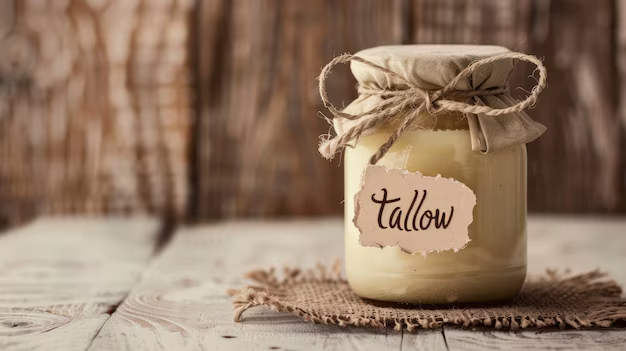Gardening 101: The Ultimate Beginner’s Guide

Starting a garden can be a rewarding hobby, allowing you to grow your own fresh produce and connect with nature. For those new to gardening for beginners, it can seem daunting, but with the right guidance, anyone can start a thriving garden.
Learn How To Transform A Typical Money-Draining House Into A Tiny Profitable Off-The-Grid Homestead.
Gardening 101: The Ultimate Beginner’s Guide to Growing Your First Garden
Gardening tips for beginners include understanding the basics of soil preparation, choosing the right plants, and learning about garden maintenance. This guide will walk you through the essential steps to start your gardening journey.
Key Takeaways
- Understand the basics of gardening for beginners
- Learn how to prepare your soil for a thriving garden
- Discover the best plants for beginners to grow
- Get tips on garden maintenance and upkeep
- Explore the benefits of starting a garden
Essential Tools and Planning for Your First Garden
Before you begin digging, it’s essential to have the right gardening tools and a well-thought-out plan. A successful garden starts with preparation.
Must-Have Gardening Tools for Beginners
Every beginner gardener needs a set of basic tools. These include a trowel for planting, pruning shears for trimming plants, and a watering can or hose for irrigation. A gardening glove is also a must to protect your hands from thorns and dirt.
Learn How To Transform A Typical Money-Draining House Into A Tiny Profitable Off-The-Grid Homestead.
Choosing the Perfect Location for Your Garden
The location of your garden is crucial. Most plants require at least six hours of direct sunlight a day. Ensure the area is level and well-drained to prevent waterlogged soil. Consider the accessibility of the location for regular maintenance.
Planning Your Garden Layout
Plan your garden layout according to the mature size of the plants. Leave enough space between plants for air circulation and growth. A well-planned garden not only looks beautiful but also reduces the risk of disease.
Gardening101: The Ultimate Beginner’s Guide to Growing Your First Garden
The journey to a lush garden begins with understanding the basic elements that nurture it. Growing a garden can be a highly rewarding experience, but it requires a good grasp of the fundamentals.
Learn How To Transform A Typical Money-Draining House Into A Tiny Profitable Off-The-Grid Homestead.
Understanding Different Soil Types and Preparation
Understanding your soil is crucial. Different soils have different properties; for instance, clay soil retains water well but can be dense, while sandy soil drains quickly but may lack nutrients. Preparing your soil involves testing its type and amending it if necessary. Adding organic matter like compost can improve soil structure and fertility.

soil preparation
Mastering Sunlight and Water Requirements
Most plants require adequate sunlight to photosynthesize. Understanding the sunlight requirements of your plants is vital. Similarly, proper watering is crucial; overwatering can be as harmful as underwatering. Familiarize yourself with the water needs of your specific plants to ensure they thrive.
Choosing Between Seeds and Seedlings
Deciding whether to start with seeds or seedlings depends on your experience and the type of plants. Seeds offer a cost-effective option and a wider variety, but they require more care. Seedlings, on the other hand, give you a head start, especially for plants with long growing seasons.
Learn How To Transform A Typical Money-Draining House Into A Tiny Profitable Off-The-Grid Homestead.
By mastering these elements, you’ll be well on your way to creating a vibrant and sustainable garden.
Planting and Maintaining Your Garden
To keep your garden thriving, it’s essential to learn about the key aspects of planting and maintenance. A well-planned garden not only provides aesthetic pleasure but also a sense of accomplishment. Understanding the seasonal planting guide, dealing with common garden pests, and following a maintenance schedule are crucial steps in gardening.
Seasonal Planting Guide for Beginners
Planting at the right time is crucial for the success of your garden. Different plants thrive in different seasons. For instance, spring is ideal for planting cool-season crops like lettuce and spinach, while summer is better for warm-season crops such as tomatoes and peppers. In fall, you can plant another round of cool-season crops, and in winter, focus on hardy plants or use protective measures for sensitive plants.
Learn How To Transform A Typical Money-Draining House Into A Tiny Profitable Off-The-Grid Homestead.
Dealing with Common Garden Pests and Problems
Gardens can be susceptible to pests and diseases. Common issues include aphids, slugs, and fungal infections. Using organic pest control methods, such as neem oil for aphids and copper tape to deter slugs, can be effective. Regularly inspecting your plants and maintaining good garden hygiene can prevent many problems.
Essential Maintenance Schedule for New Gardeners
Regular maintenance is key to a healthy garden. This includes watering plants according to their needs, fertilizing regularly, and pruning or training plants as necessary. A simple maintenance schedule can help ensure that your garden receives the care it needs throughout the growing season.
Learn How To Transform A Typical Money-Draining House Into A Tiny Profitable Off-The-Grid Homestead.
| Season | Plants to Grow | Tips |
| Spring | Lettuce, Spinach, Peas | Use cool-season crop seeds. |
| Summer | Tomatoes, Peppers, Cucumbers | Ensure adequate watering and sunlight. |
| Fall | Broccoli, Kale, Carrots | Prepare soil with compost. |
| Winter | Hardy Kale, Spinach, Garlic | Use protective measures for sensitive plants. |

Learn How To Transform A Typical Money-Draining House Into A Tiny Profitable Off-The-Grid Homestead.
seasonal gardening guide
Conclusion
As you embark on your gardening journey, remember that success is just a few steps away. By following this beginner’s guide summary, you’ve gained the essential knowledge to create a thriving garden. You’ve learned about the must-have gardening tools, how to choose the perfect location, and the importance of planning your garden layout.
With a solid understanding of soil types, sunlight, and water requirements, you’re well-equipped to make informed decisions. By mastering the art of planting and maintaining your garden, you’ll be enjoying the fruits of your labor in no time. Stay committed, and don’t be discouraged by initial setbacks – they’re an opportunity to learn and grow.
As you nurture your garden, you’ll not only reap the rewards of fresh produce and beautiful blooms but also cultivate a sense of pride and accomplishment. So, get out there and start gardening – your path to gardening success begins now!
Learn How To Transform A Typical Money-Draining House Into A Tiny Profitable Off-The-Grid Homestead.
Affiliate links are included in this blog, but at no extra cost to you!


